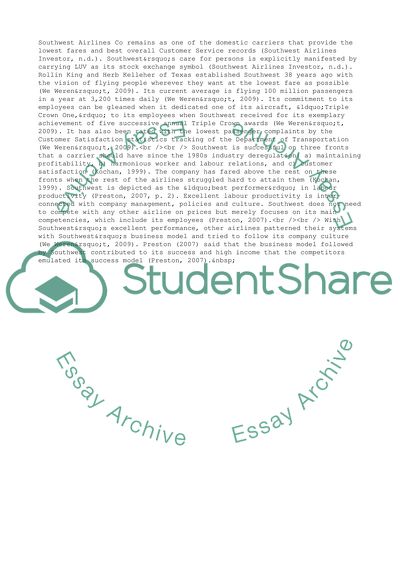Cite this document
(Organizational Behavior Comparison Peanuts to Profits Research Paper, n.d.)
Organizational Behavior Comparison Peanuts to Profits Research Paper. Retrieved from https://studentshare.org/business/1730063-organizational-behavior-comparative-analysis
Organizational Behavior Comparison Peanuts to Profits Research Paper. Retrieved from https://studentshare.org/business/1730063-organizational-behavior-comparative-analysis
(Organizational Behavior Comparison Peanuts to Profits Research Paper)
Organizational Behavior Comparison Peanuts to Profits Research Paper. https://studentshare.org/business/1730063-organizational-behavior-comparative-analysis.
Organizational Behavior Comparison Peanuts to Profits Research Paper. https://studentshare.org/business/1730063-organizational-behavior-comparative-analysis.
“Organizational Behavior Comparison Peanuts to Profits Research Paper”. https://studentshare.org/business/1730063-organizational-behavior-comparative-analysis.


